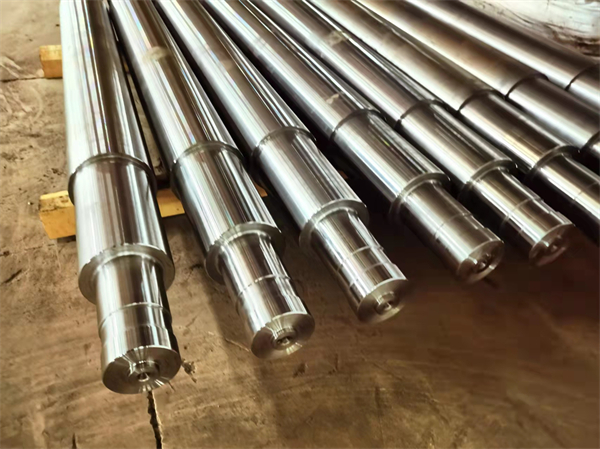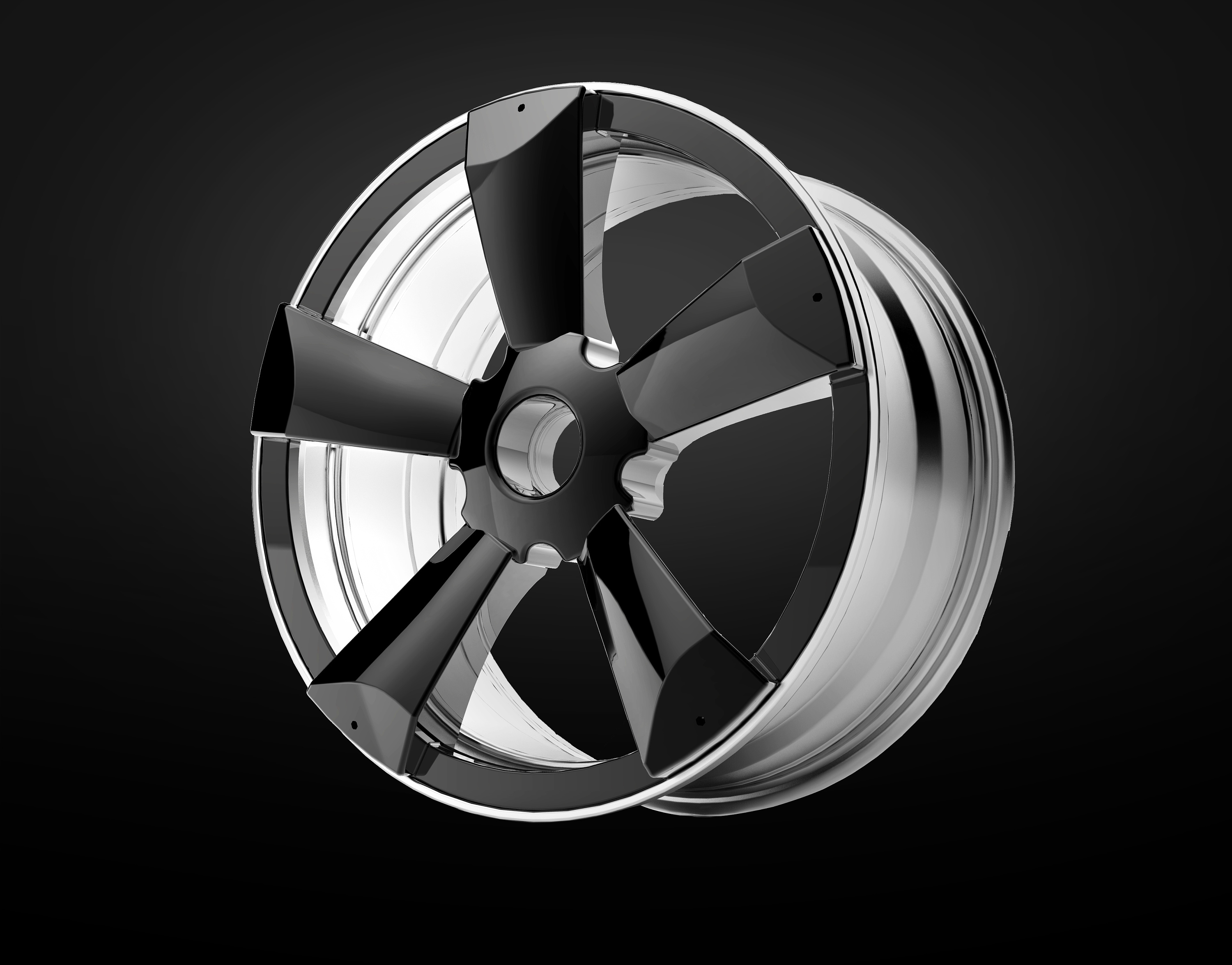







Titanium alloys have many advantages, such as high strength, good corrosion resistance, non-magnetism, and good welding properties, in addition to several advantages such as superconductivity, hydrogen storage, and memory. Titanium alloys are widely used in aerospace, military industry, marine development, petrochemical and other frontier fields.
Titanium alloy forgings are one of the various titanium alloy products, which are mainly used in occasions that require high strength, high toughness and high reliability, such as steam turbine compressor discs and medical artificial bone. Therefore, forged parts are required not only to be dimensionally accurate, but also to have excellent performance and stability.

Titanium alloy forgings have a wide range of applications, and here are some common application areas:
1. Aerospace
50% of the world's titanium is used in the aerospace industry. Currently, 30% of military aircraft use titanium alloy for their fuselages, and in civil aircraft, the demand for titanium is gradually increasing. According to reports, the consumption of titanium in Boeing 787 has exceeded 15%, and the Ti-6A-4V alloy is a representative of titanium alloys with the highest safety. Titanium forgings play an important role in the aerospace industry, they are used in the manufacture of natural tanks for rocket and satellite driven engines, the blades of liquid natural turbine pumps, and the import of suction pumps.
2. Steam turbine blades are important components used for power generation
Increasing the blade length of a thermal power steam turbine is an effective measure to improve the efficiency of power generation, but the blade lengthening will increase the load on the rotor. The use of titanium alloy forgings as blades to reduce the load, and the use of 1 m long Ti-6A1-4V alloy blades at the end of high-speed rotating steam turbines has been practical since 1991.

Titanium forging technology
Controlling the heating temperature is essential for the hot working of titanium alloys. As the temperature decreases, the deformation resistance of the object increases, making it more likely to develop defects such as cracks. At the same time, the speed of deformation is also very dependent during thermal processing. The temperature of the forging die can be heated to the same or even higher temperature than the forging to prevent the temperature of the forging from dropping.
1. The application of forging technology in the manufacture of engine components
Forging technology for aircraft engine components requires high fatigue strength and fracture toughness. The Ti-6A1-2Sn-4Zr-6Mo alloy coating is suitable for 700K at medium temperatures. The traditional processing method is α-B region forging, and its structure is a two-phase structure of the α and equiaxed phase grain and small needle α and the fracture toughness value is low. In order to improve this problem, we are developing a new β forging method that utilizes zone heating.
The β forging method can lead to the recrystallization of the material by heating forging at the phase change temperature, because the specific forging temperature and processing deformation have an important impact on the properties of the material. During the forging process, it must not be heated again or deformed again. In the β forging process, the forging temperature and deformation need to be strictly controlled to ensure the quality of the finished product. Ti-6l-2Sn-4Zr-Mo alloys with processing temperatures between 1073-1323K should have sufficient machining deformation. After the material is processed, the forging takes on a needle-like structure, which improves the value of its fracture toughness.
2. Forging technology of turbine blades
The turbine blades are very thin, so the temperature drops rapidly during the forging process, so the design requirements for the die are very precise. Currently, we are developing a process that effectively uses the energy from the upper and lower impacts to form the surface of the blade. The flat surface is first forged, then bent, and finally fine forged.
3. Environmental manufacturing technology
The T-engine fan housing and compressor housing are rolled from 6A1-4V alloy. For titanium alloy products with relatively high material costs, reducing material investment is very effective in reducing costs. A near-net process is usually used, which refers to the use of mechanical forming techniques to manufacture parts without extensive or no machining at all. With this technology, material consumption will be reduced by more than 55%%.
When processing thick rings, pressure should be applied as much as possible to avoid cracking, and attention should be paid to ring structure control and temperature reduction. In short, the production of titanium alloy forgings should obtain high-quality forgings under the appropriate processing temperature and deformation.
Therefore, in the process of manufacturing titanium forgings, it is necessary to give full play to the characteristics of titanium alloys. In order to obtain high-quality forgings, the temperature and plastic deformation should be properly controlled during the forging process.